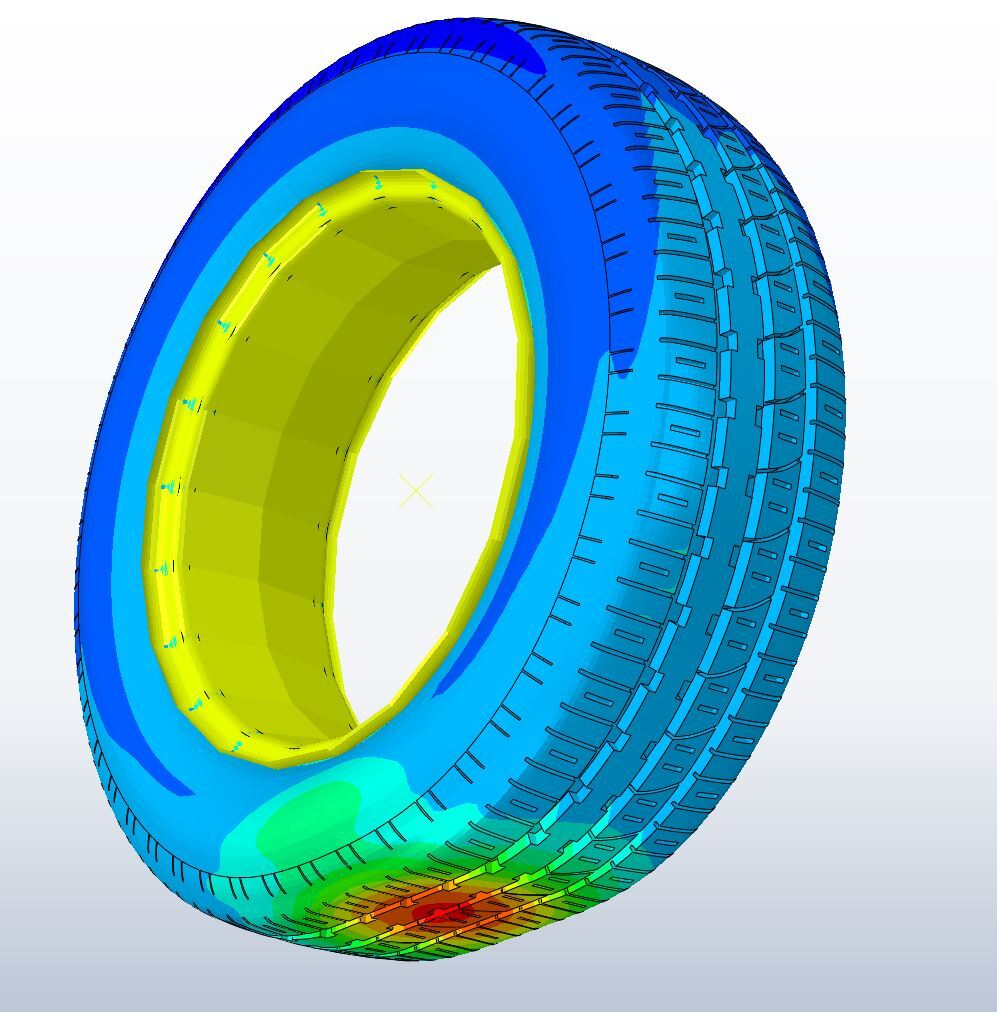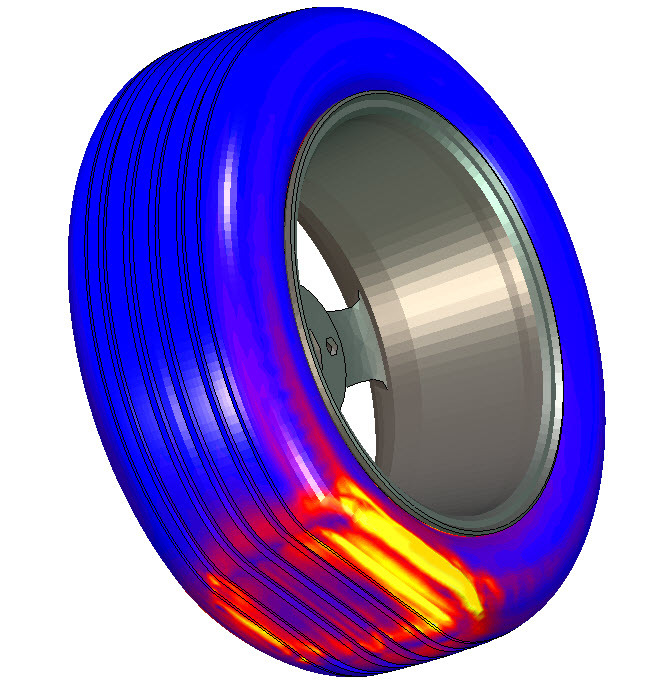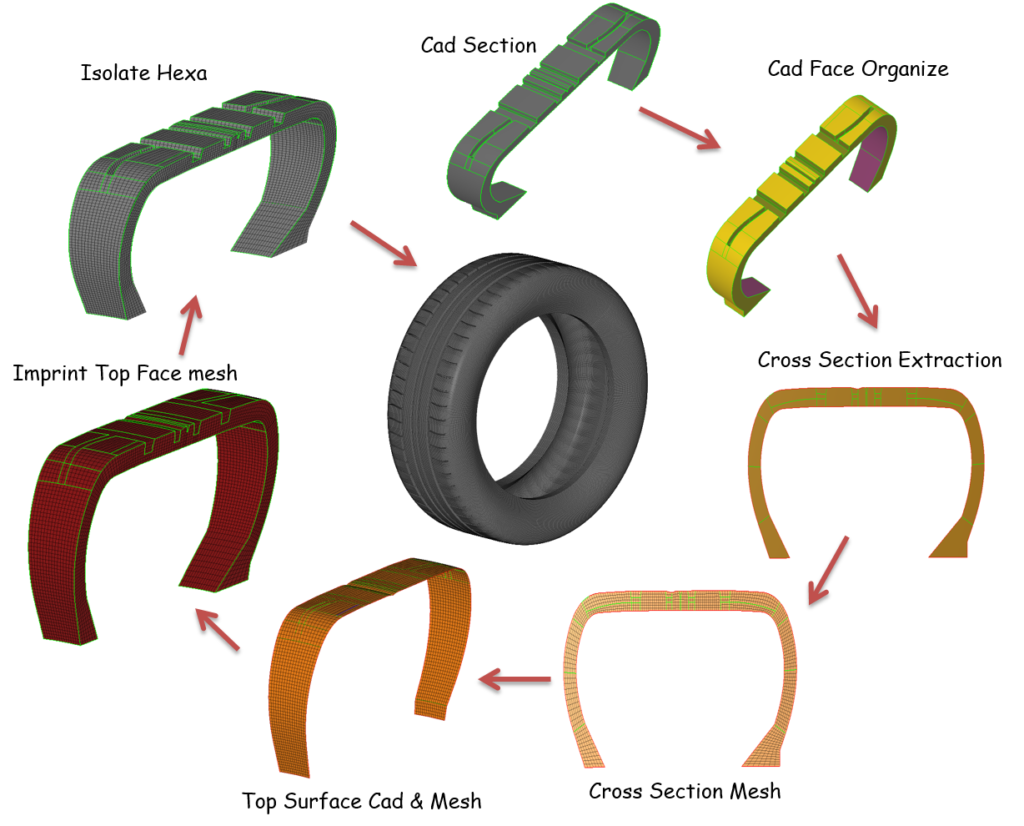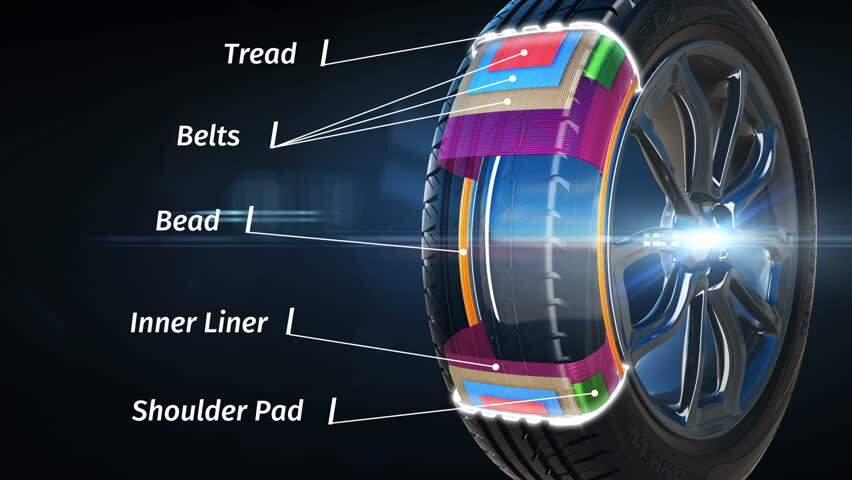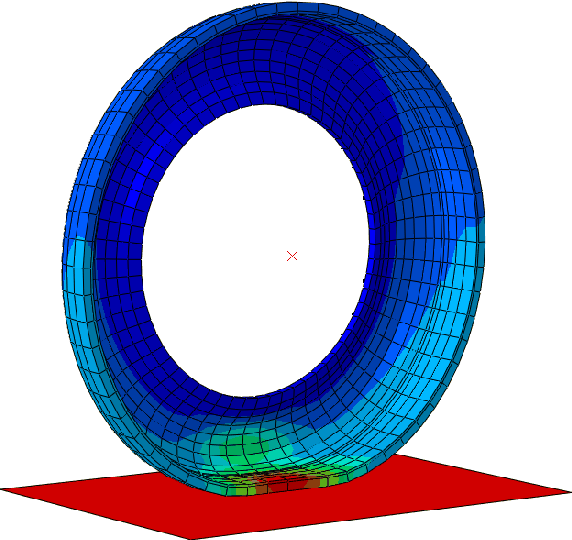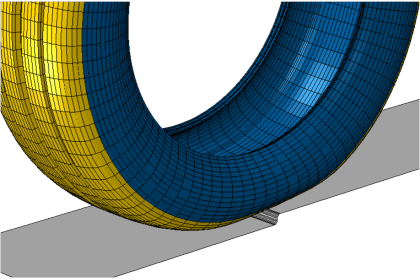
Modern day Tire Industry
By 2030, industry analysts expect the miles travelled by global population will double to 20 trillion roughly the distance to the nearest star. Also, there is a gaining momentum in alternative automobile technologies that demands efficiency and enhancements in most of the auto parts. To compete in market, the OEMs and auto part suppliers are working hard to provide optimized solutions in myriad ways. Performance parameters like safety, price, lifespan, fuel efficiency, ride comfort etc., are crucial. Though there are lot of parameters that affect vehicle performance, the tires hold an essential responsibility in all these above areas. This black doughnut which is the only part of a car that touches the road is the balance provider in terms of traction, comfort, durability, energy efficiency, and overall cost. With a careful recipe of (more than 200) materials and a multi-million-dollar machinery for manufacturing, these precisely engineered tires need to excel in a wide range of driving conditions. In response to overarching industry trends, including Industry 4.0, sustainability, raw materials market dynamics, electric vehicles and autonomous vehicles, tire makers are turning towards innovative engineering solutions early in the design process. Advanced simulation is integrated into design which supports tire manufacturers with pioneering methods, without sacrificing production time and cost.
Simulation for Tire Industry
With various technical challenges, the tire and rubber industry is always on the look-out for state of the art technologies in regards to engineering design, manufacturing, application and engineering simulations. Tires being the complex and highly non-linear component, modelling its performance requires a lot of expertise and specialization. With numerous vehicle models plying the chart, tire manufacturers create many different designs and use the power of simulation technology to virtually-test and select the best tire concepts to be developed.
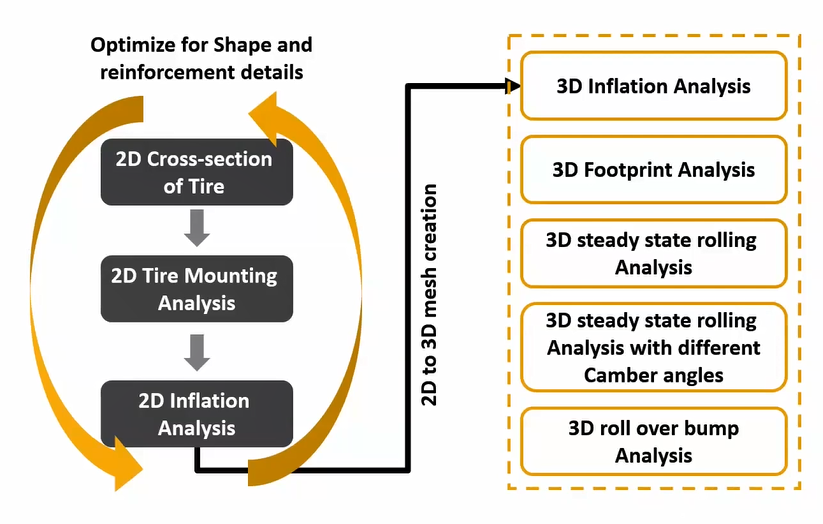
During FEM simulation one have to look for:
Durability – To ensure tire will not fail during the life of a tire.
Tread wear – Tire tread should be worn as even as possible and as long as possible.
Environmental concerns – Reduction of tire rolling resistance.
Vehicle handling – Tire fitted to vehicle to provide best braking, traction and emergency handling.
Vehicle comfort – Tire with optimized Noise, Vibration and Harshness (NVH) performance.
Tires are very complex products, whose characteristics are influenced by several factors like design of the tire itself (e.g. material, tread pattern, carcass stiffness), air pressure inside the tire and texture of the road surface, to name a few. Several modeling approaches have been developed to describe the physics of tires so that they can be analysed and evaluated mathematically. For the experienced product development and engineering team at DEP, the challenges of tire simulations are very well known and we always put a strong emphasis on the different aspects of tire simulations to arrive at the most optimal solution.
Tyre Modelling Solutions from DEP
The tyre design has to be such that it can withstand varied weather conditions of summer, winter and monsoons. Hence automakers and tyre manufacturers work heavily in the tyre design area to get the specifications accurately. Tyre treads are made with Grooves and Rib features with different height and width specifications, which along with the need of matched nodes at the interfacing segments, makes building hex meshes a challenging task. It takes several hours to model and requires expertise in modeling.
Detroit Engineered Products (DEP) offers a unique platform known as MeshWorks to assist the mesh model of the 2D structure for tyres and this 2D model can be used for analysis. Once satisfied with the 2D analysis results, the 2D model can be converted to a 3D model. Calculations like applying the inflation pressure on the valve of the tyre and applying the load of the vehicle on the tyre to analyse the contact patch can be done in the 3D model. Additional simulations on the 3D model like driving simulations can be also applied. Morphing and parameterization techniques play a crucial part in tyre performance, optimizing the thread pattern to weather all conditions while ensuring that it has an ideal breaking behaviour.
DEP MeshWorks enables rapid hex mesh modeling with a high level of automation. It can generate a good quality mesh with minimal user inputs and the task can be performed by an engineer and doesn’t require a meshing expert. DEP MeshWorks mesh modeling tools apply to motorcycle tyres, passenger car tyres, and off-road tyres.

